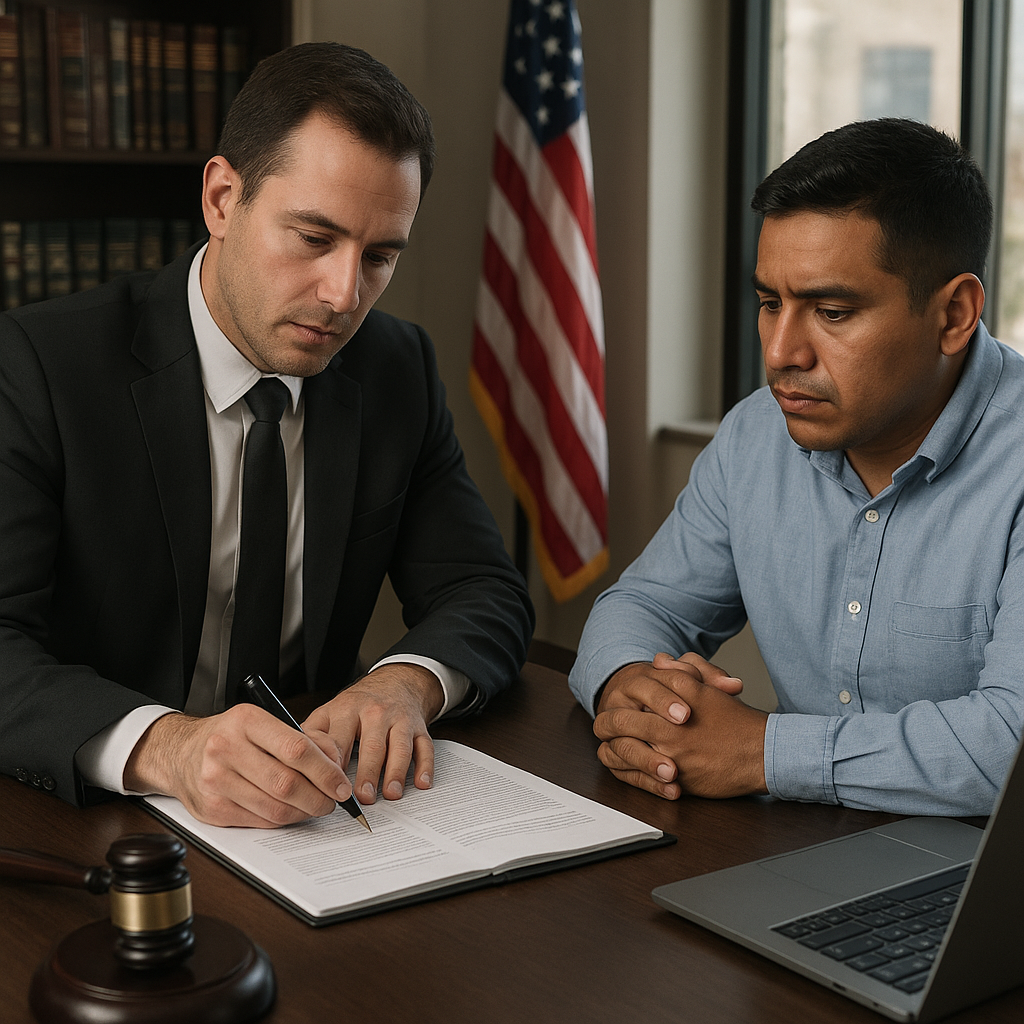Criminal cases involving several individuals pose unique challenges for legal teams. When multiple defendants are charged together, each person’s situation intertwines with the others, creating a web of shared evidence, conflicting interests, and procedural hurdles. Effective representation hinges on meticulous coordination, clear communication, and a deep understanding of ethical boundaries. This article explores how defense attorneys navigate these complex scenarios, offering insight into proven approaches and best practices for safeguarding each client’s rights.
Complexity of Representation in Multi-Defendant Matters
Handling a case with more than one defendant amplifies every aspect of criminal defense. From the initial arraignment to trial preparation, lawyers must manage overlapping timelines, shared discovery, and potential conflicts of interest. Key considerations include:
- Individual vs. Joint Strategy – Attorneys must decide whether to pursue a collective defense theory or tailor separate plans for each defendant. While a unified approach can streamline coordination and reduce costs, it may not serve the best interests of all clients.
- Confidentiality and Privilege – Lawyers must vigilantly protect privileged communications. Sharing sensitive information between co-defendants risks waiving privilege, especially if strategic disagreements arise.
- Evidence Management – Documenting and organizing voluminous discovery materials becomes critical. Teams often implement centralized databases to track witness statements, forensic reports, and electronic records relevant to each defendant.
- Potential for Blame-Shifting – Prosecution may leverage one defendant’s testimony against another, fostering mistrust. Attorneys should anticipate attempts to divide the defense and preemptively address them in motions and strategy sessions.
Strategic Coordination Among Defense Counsel
When multiple defense attorneys represent co-defendants, seamless collaboration is essential. The following practices help maintain unity while respecting individual client interests:
- Regular Strategy Meetings: Holding frequent meetings—both with all counsel and individually—ensures that everyone is aligned on major motions, witness interviews, and deadlines.
- Defined Roles: Assigning specific tasks (e.g., one attorney leads discovery review while another handles plea negotiations) promotes efficiency and prevents duplication of effort.
- Joint Defense Agreements: Formalizing a written understanding can outline the scope of information sharing and define mechanisms for resolving conflicts. These agreements reinforce confidentiality guidelines and clarify each lawyer’s responsibilities.
- Information Barriers: In situations where co-defendants have antagonistic positions, creating “ethics walls” or screening teams prevents improper disclosure of privileged communications.
- Case Management Technology: Utilizing case management software allows attorneys to tag documents by defendant, track tasks, and record strategic decisions in a centralized platform.
Ethical Considerations and Conflict Resolution
Counsel must remain vigilant about ethical obligations under criminal procedure rules. Safeguarding each client’s advocacy rights requires:
- Early Conflict Analysis: Before accepting co-defendant representation, conduct thorough conflict checks. Identify past or current interests that might impair loyalty.
- Informed Consent: If potential conflicts arise during the case, explain them in detail to all affected clients and obtain written waivers before proceeding.
- Withdrawal Protocols: Be prepared to withdraw from representation if a conflict becomes unwaivable. Transition plans should minimize prejudice to the client.
- Fair Allocation of Resources: Ensure that each defendant receives equitable attention. Avoid giving one client a strategic edge at the expense of another’s fair trial rights.
- Compliance with Court Orders: Judges frequently impose sequestration orders or separate trials to mitigate prejudice. Attorneys must navigate these rulings while preserving consistent defense themes.
Thorough Investigation and Evidence Analysis
A robust investigation underpins every successful defense, but multi-defendant cases demand heightened diligence. Defense teams typically:
- Deploy Specialized Investigators: Assign investigators to focus on distinct aspects of the case—financial transactions, surveillance footage, or witness backgrounds—ensuring thorough coverage.
- Coordinate Witness Interviews: Schedule interviews with cooperating witnesses in a way that prevents conflicting statements. Attorneys must corroborate each account while protecting client interests.
- Assess Forensic Evidence Jointly: Experts analyzing ballistics, fingerprints, or digital footprints should share findings in secured sessions, enabling a unified challenge to prosecution data.
- Scrutinize Chain of Custody: With multiple defendants, contested evidence often becomes a focal point. Verifying each link in the chain of custody can expose procedural flaws and bolster motions to suppress.
Streamlining Pretrial Motions and Plea Negotiations
Pretrial proceedings in multi-defendant cases involve intricate motion practice and delicate negotiation strategies. Effective counsel will:
- File Targeted Motions: Draft motions to suppress evidence, dismiss counts, or challenge indictment defects, tailoring arguments to each defendant’s unique position.
- Leverage Joint Plea Talks: Assess whether collective plea discussions can secure favorable terms for all clients. If not feasible, pursue individual plea negotiations while monitoring potential inconsistencies.
- Manage Judicial Expectations: Judges often encourage streamlined resolutions. Present cohesive arguments that demonstrate how collaborative defense efforts serve judicial economy and preserve defendant rights.
- Prepare for Severance Requests: If strategic interests diverge, be ready to move for separate trials. Clearly articulate how joint proceedings would undermine the right to a fair trial for your client.
Navigating Trial Dynamics with Multiple Defendants
At trial, attorneys must skillfully present coherent narratives while anticipating prosecution tactics designed to fracture the defense. Key trial techniques include:
- Unified Opening Statements: Where possible, deliver a combined opening that highlights shared weaknesses in the government’s case, then transition to individualized defenses.
- Expert Coordination During Witness Examination: Cross-examiners should avoid contradicting one another, ensuring that impeaching one witness doesn’t inadvertently expose another defendant to prejudice.
- Jury Instructions Advocacy: Request clear, precise instructions that delineate which evidence applies to which defendant. Reinforce the principle of individual guilt beyond a reasonable doubt.
- Closing Arguments Balance: Craft closing arguments that respect each defendant’s narrative. Where interests diverge, consider separate closings to maintain focused messaging.
Maintaining Ethical Vigilance Post-Trial Motions
Even after verdicts, lawyers continue to safeguard client fairness. Post-trial activities include:
- Filing Motions for New Trial: Analyze grounds such as juror misconduct or newly discovered evidence that might exonerate a co-defendant.
- Sentencing Advocacy: Highlight each client’s individual circumstances, seeking rehabilitative programs or probationary solutions where appropriate.
- Handling Appeals Collectively: Coordinate appellate strategies, sharing research while preserving targeted arguments for each appellant.
Embracing Continuous Improvement and Professional Development
Criminal defense practice thrives on ongoing learning. Lawyers handling multi-defendant cases should:
- Attend Specialized Seminars: Focus on advanced topics like complex evidence presentation or group defense ethics.
- Engage in Peer Review: Collaborate with seasoned colleagues to refine strategy and troubleshoot procedural challenges.
- Incorporate Technology Updates: Stay current on e-discovery tools and secure communication platforms that enhance team collaboration and document management.




